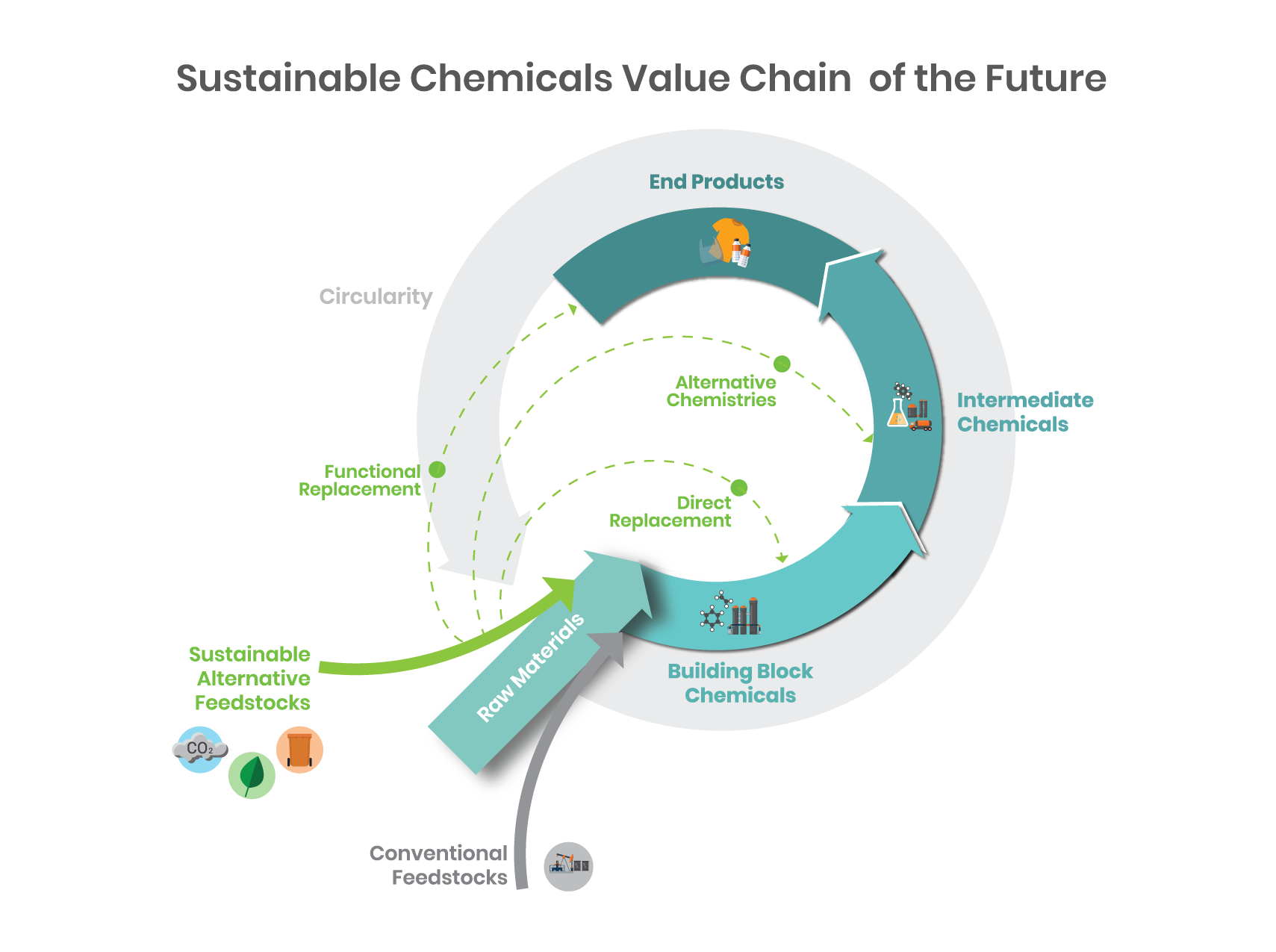The Complete Overview to Recognizing and Utilizing Chemical Products Safely
The Complete Overview to Recognizing and Utilizing Chemical Products Safely
Blog Article
Trick Considerations for Selecting the Right Chemical Products to Accomplish Reliable Integrated Solutions in Your Procedures
Choosing the appropriate chemical products for incorporated remedies in procedures needs a diverse method that encompasses various vital considerations. From assessing chemical compatibility to making certain adherence to regulative standards, each variable plays a critical role in enhancing operational effectiveness and security. Assessing ecological impacts and distributor reliability can not be ignored in this intricate decision-making process. As companies aim to enhance their methods, the interaction of these components raises crucial inquiries about finest techniques and possible pitfalls that warrant additional expedition.
Understanding Chemical Compatibility

To examine compatibility, one should take into consideration aspects such as the chemical properties of the compounds entailed, consisting of pH, focus, temperature, and the visibility of impurities. Using compatibility graphes and databases can supply valuable insights right into prospective communications. Furthermore, performing small-scale tests can aid determine unforeseen reactions that may not be documented.
In addition, understanding the ecological problems in which the chemicals will certainly be stored or used is important. Aspects such as moisture, light direct exposure, and temperature level can affect the security and reactivity of chemical products. By prioritizing chemical compatibility during the choice procedure, companies can enhance operational efficiency, decrease the danger of mishaps, and make sure compliance with safety methods. Inevitably, an enlightened technique to chemical compatibility is fundamental for maintaining secure and effective operational settings.
Examining Regulative Compliance
In the complicated landscape of chemical product option, evaluating regulative conformity is critical to ensuring not only safety and security however additionally legal adherence. Organizations should browse a myriad of laws, from regional and nationwide regulations to international criteria, that control the use, storage, and disposal of chemical substances. This calls for a complete understanding of relevant guidelines such as the Occupational Safety And Security and Wellness Administration (OSHA) standards, the Epa (EPA) standards, and the European Union's Registration, Examination, Authorisation and Limitation of Chemicals (REACH)
When choosing chemical items, it is necessary to verify that distributors give Safety and security Information Sheets (SDS) that information prospective risks and dealing with requirements. Additionally, businesses need to validate that the chemicals abide by industry-specific guidelines, which may enforce extra terms. Non-compliance can result in extreme charges, consisting of fines and functional shutdowns.
In addition, organizations should stay upgraded on regulative changes, as non-compliance can develop from out-of-date practices. Creating a robust conformity approach, including normal audits and employee training, can assist make sure adherence to current regulations. Inevitably, prioritizing regulatory compliance not just minimizes danger yet likewise boosts the organization's reputation and functional performance.
Assessing Environmental Effect
How can companies properly analyze the environmental impact of chemical items throughout the useful reference selection procedure? Organizations ought to begin by recognizing the prospective risks associated with each chemical, consisting of toxicity, determination in the atmosphere, and bioaccumulation possibility.
Furthermore, organizations can leverage third-party qualifications and eco-labels that suggest compliance with ecological requirements - Chemical Products. Engaging with suppliers that prioritize sustainability practices can additionally boost the option procedure. It is critical to examine not only the straight impacts of chemical use however likewise the indirect impacts, such as power intake and waste generation
Executing life process assessment (LCA) methods can offer thorough insights right into the ecological footprint of chemical products, highlighting areas for renovation. By prioritizing transparency and cooperation with stakeholders, organizations can make educated decisions that align with their sustainability objectives while lessening unfavorable environmental results. This aggressive strategy inevitably cultivates an extra accountable and eco-conscious operational framework.
Examining Cost-Effectiveness
While examining chemical products for operational usage, companies have click to investigate to also consider cost-effectiveness as an essential consider the option procedure. This includes examining not only the preliminary acquisition cost however also the total cost of ownership, that includes elements such as usage efficiency, maintenance, and disposal costs. Chemical Products. A product that shows up cost-effective upfront may sustain higher prices in energy intake or need even more regular substitute, eventually impacting the lower line
In addition, organizations should examine the potential for expense financial savings through enhanced solutions that boost performance and lower waste. Products that call for reduced application rates or offer faster handling times can lead to significant cost savings over time. It is likewise vital to consider the influence of regulative compliance expenses, as non-compliance can lead to fines and increased operational expenditures.
Moreover, companies should assess the lasting value stemmed from the chemical products, including improved quality, enhanced efficiency, and improved security. A detailed cost-effectiveness evaluation empowers organizations to make informed decisions that align with both their financial goals and functional goals, inevitably causing lasting and effective methods.
Identifying Provider Dependability
Provider dependability is vital when selecting chemical products for operations, as it straight influences both item high quality and operational efficiency. A trustworthy vendor continually provides premium products promptly, making sure that your processes stay uninterrupted. To recognize distributor dependability, start by evaluating their reputation within the sector. Seek testimonials, testimonials, and study that highlight their have a peek at this website efficiency and client contentment levels.
Next, consider the distributor's history of compliance with laws and criteria. A trusted provider should have a durable high quality assurance program that follows industry standards. Additionally, evaluate their capacity to supply technical assistance and product information, which is critical for notified decision-making.

Conclusion
In conclusion, choosing the proper chemical products for integrated services necessitates a comprehensive evaluation of several critical factors. Comprehending chemical compatibility, guaranteeing regulatory compliance, analyzing environmental impacts, assessing cost-effectiveness, and recognizing reputable providers collectively add to notified decision-making.
Report this page